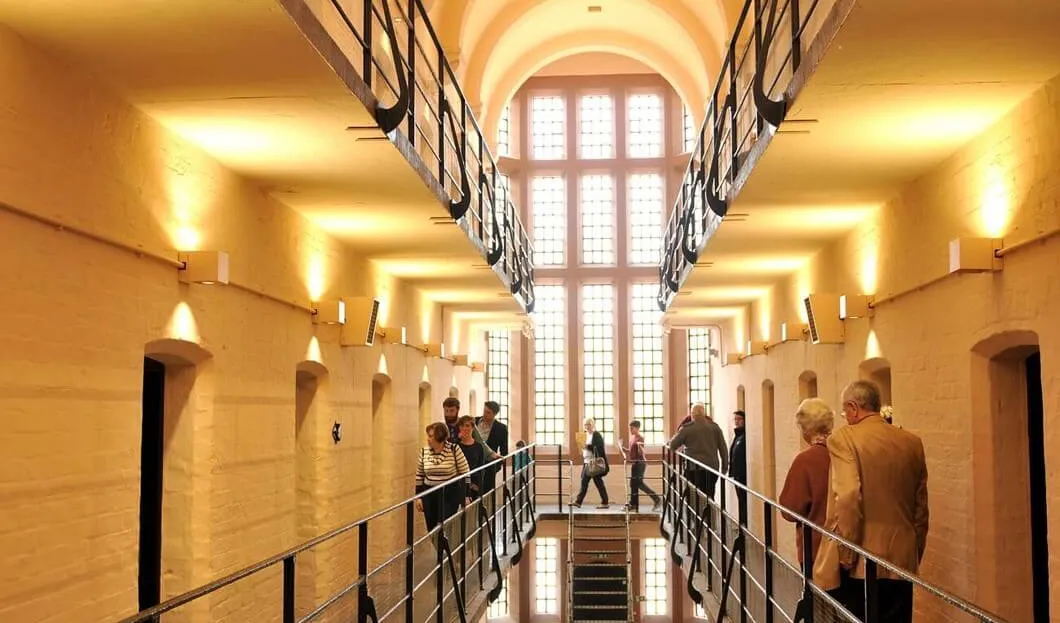
From the well-known Alcatraz ("The Rock"), in San Francisco (United States), to La Modelo, in Barcelona: prisons all over the world have become successful tourist destinations, somewhat peculiar, but undoubtedly very attractive for tourists.
Few travelers can resist discovering, albeit superficially, what life without freedom was like in some of the most historic prisons.
This booming segment is called either prison tourism or penitentiary tourism. Experts describe this activity as a kind of dark tourism, because of the gloomy side of visiting old prisons with a certain history, where, in short, people were deprived of their freedom.
These visits are 'reclaiming the value' of prisons that are no longer used as such because they are obsolete, but (either because of their locations, their architecture or their history, or because of all these factors at the same time) are attractive enough to be visited and experienced.
There is a growth of prison tourism, like many other original tourist activities, as it involves an experience and knowledge of a part of the history of a city, region or country. It is clearly reflected in the figures reported by prisons such as the one in Barcelona, which in recent months has experienced an exceptional upturn in visits that confirms the success of the segment. In fact, since it opened its doors to the public in 2018, a year after its closure (or opening, depending on how you look at it), it has been visited by more than 154,000 people.
Holocaust Tourism, the Predecessor of Prison Tourism
With this number of recorded visits, it seems clear that the idea of discovering the ins and outs of a prison has been successful, to say the least.
However, this success does not lie in its originality. At least not entirely, since we can find precedents in Holocaust tourism. The motivation behind visits to Nazi extermination centers bears certain similarities to that of prisons.
It is important to qualify both concepts that mark a certain distance between these two fashions. In Nazi centers the prisoned were systematically detained and murdered. This does not happen in prisons, although they have also been the scene of torture and death or places of mythical escapes. All of them are factors that serve to give context and narrative to the visits.
Experts see visits to centers such as Auschwitz or Mauthausen as a way of paying homage to the victims, making a cultural excursion or of satisfying the morbid desire to see up close the horror that they meant for their victims.

Why This Much Interest in Prison Tourism?
What is the "carrot" that visitors to prisons pursue? What are their reasons for being interested in getting to know these places first-hand? Are they motivated by morbid curiosity? Empathy? The search for knowledge?
The truth is that the reasons are even uncertain. In this sense, there are several types of visitors. In the first place, moral reasons, which are those that occur when the public that visits these centers wants to learn about the conditions in which historical prisoners incarcerated for unjust reasons in other eras lived. Most tourists want to learn a bit of history from the visit. Secondly, there are visitors with a fascination or morbid curiosity for scenarios of human suffering.
Another group are those who go for simple fashion or are interest in sharing this experience, which can certainly be shocking, on social networks.
For the vast majority, it is about enjoying the morbid bias: interest in everything that involves something pathological or violent.
What Type of Visitor Comes Most Often?
In general, if we analyze the type of tourist interested in this novel option, we can find out a very varied public. It is not only tourists, since many of the users are part of the local population who want to know the characteristics and history of these centers, and there are even some visitors with some interest in experiencing, in the flesh, what it must be like to be locked up in historic cells such as Nelson Mandela's, for example.
The profile, therefore, ranges from the curious about history to a certain public with a morbid curiosity for knowledge of the dark scenarios of history, to the simply curious with free time.
Moreover, depending on the commercial orientation of the prison, there will be one type of public or another; it may be a generalist in some cases, or designed for specific audiences, such as historians, among others.









